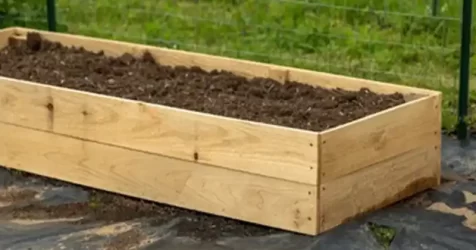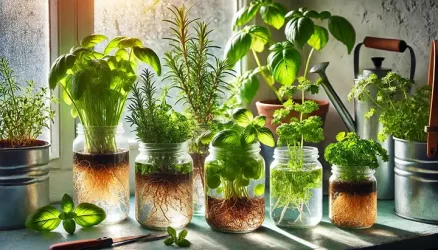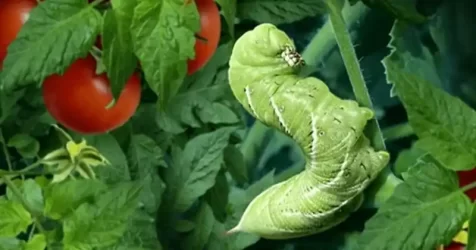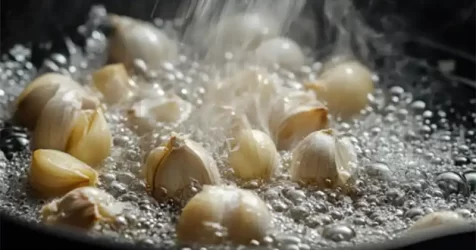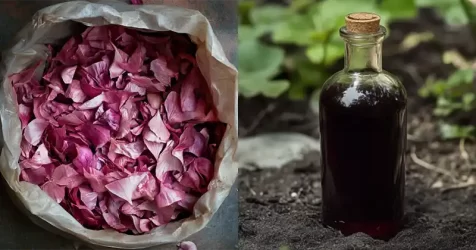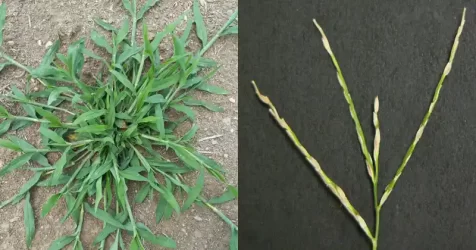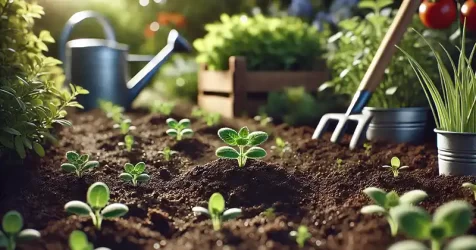How To Make Bone Meal
Bone meal, a revered fertilizing agent, has long been a cornerstone in agricultural practices worldwide. Renowned for its rich phosphorus and calcium content, bone meal enhances flowering and boosts root growth, making it a favored choice for farmers and garden enthusiasts alike. Its slow-release nature and ease of application contribute to its widespread appeal.

Understanding Bone Meal
At its core, bone meal is derived from animal bones, traditionally from cattle, though any bones are suitable. The bones undergo a process of cooking, boiling, or steaming, followed by thorough pulverization. The exact nutritional content of bone meal can vary, but it’s generally rich in nitrogen, calcium, and especially phosphorus. Phosphorus plays a pivotal role in a plant’s energy systems, structural integrity, and photosynthesis process. Plants in phosphorus-deficient soils can greatly benefit from a bone meal supplement.
DIY Bone Meal Production
Making bone meal at home is a straightforward process that involves a few key steps:
- Cleaning and Cooking: Start by cleaning the bones of any residual meat or cartilage. This is typically done by boiling. For thinner bones like those of chickens, boiling for several hours suffices. For thicker bones, like cow bones, using a pressure cooker or instant pot is more efficient. Submerge the bones in water and cook on high heat for a couple of hours until they become brittle.
- Pulverizing and Dehydrating: Once cooked, the bones can either be pulverized into smaller pieces first and then dehydrated, or vice versa. Both sequences work well. If you opt to pulverize first, use a sturdy blender to grind the bones into smaller fragments. Spread these on a tray for dehydration. Conversely, if dehydrating first, place the bone pieces in a dehydrator at the highest setting for about 12 hours. Ensure the pieces are no larger than 3 inches for even dehydration.
- Final Grinding: Post-dehydration, the bones may still be chunky. Use a mortar and pestle or a blender (though be cautious as it may dull the blades) to grind the bones into a fine powder, the consistency typically associated with commercial bone meal.

Application in Gardening
Applying bone meal is a simple process. It can be mixed into compost, potting mixes, or used as a top dressing for garden beds. A general guideline is to use about one tablespoon per gallon of soil. Bone meal is a gentle, slow-release fertilizer that won’t burn plants, allowing for flexible usage. For enhanced effects, consider combining bone meal with other organic amendments like seaweed fertilizers and rock dust.
Making your own bone meal is not just cost-effective and straightforward but also a rewarding way to contribute to your garden’s health. While not a complete fertilizer, its high phosphorus content is invaluable for plant growth. This DIY approach to bone meal production adds an extra layer of sustainability and personal touch to your gardening practices.



